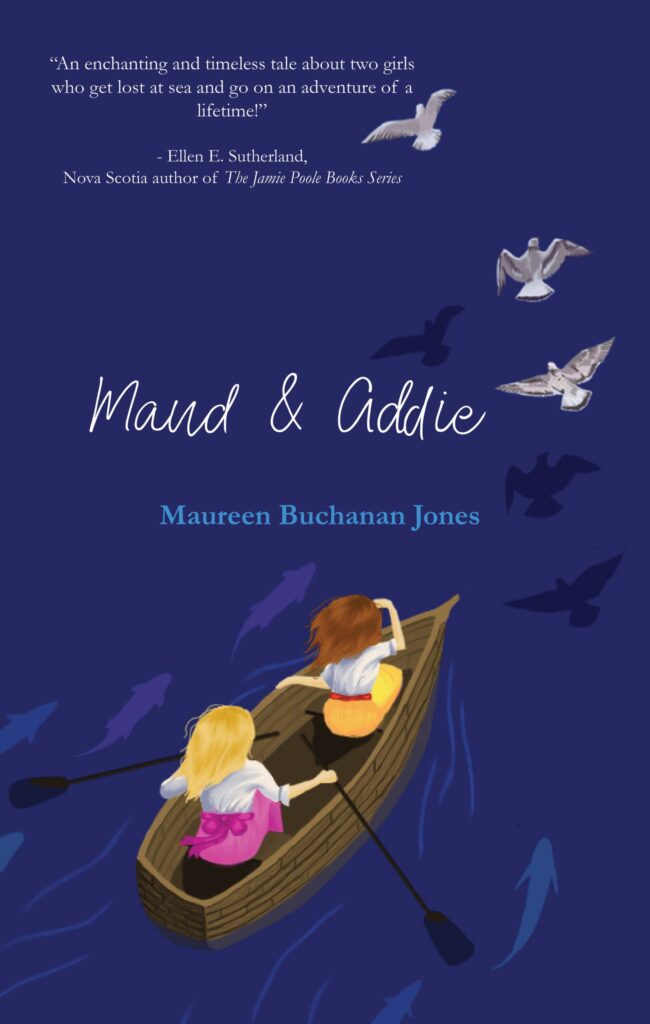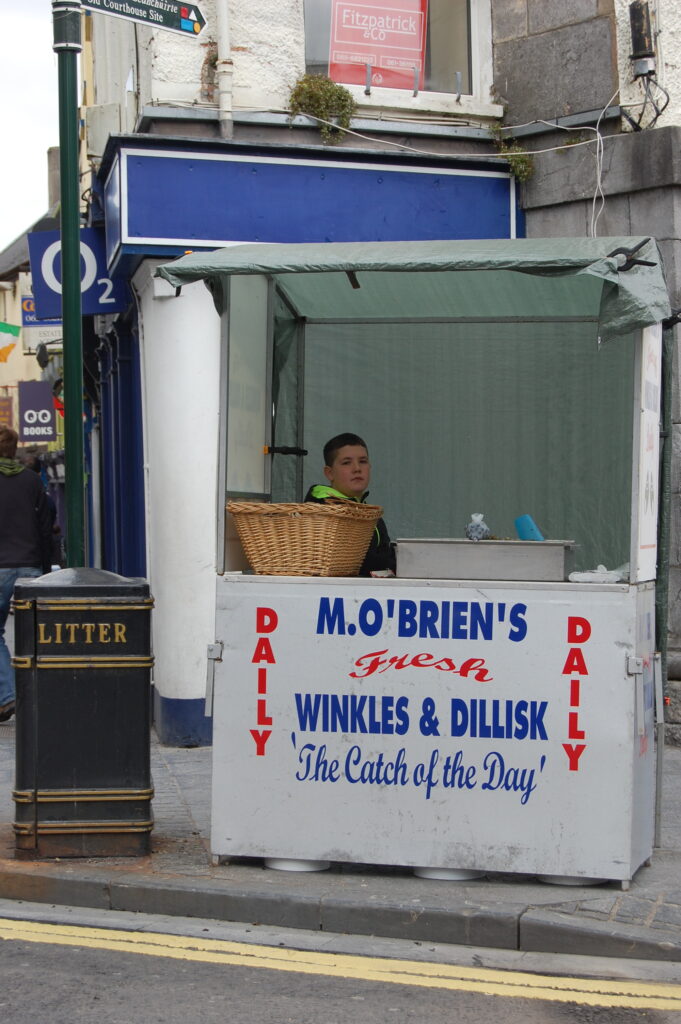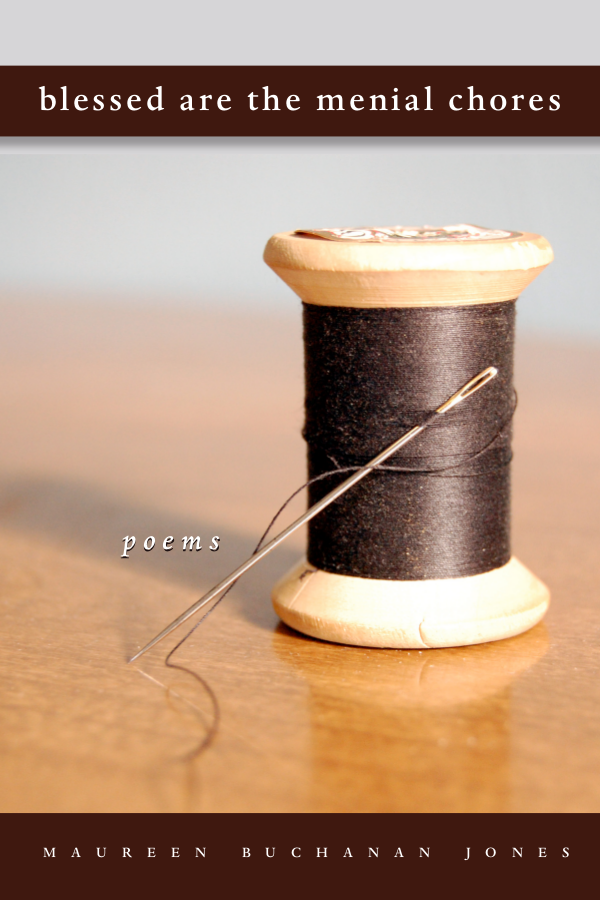When I wrote Maud & Addie I did not identify a particular audience or age range. I wrote out of the joy of keeping company with characters who asked good questions and tried to solve their own dilemmas. If they were sad, I was sad; if they were satisfied; I was satisfied. Like many authors, I wrote first out of my own need to express what was within me. When I finished, I wanted others to read it. Who read it was not important to me; I simply wanted to share my work. But the publishing and marketing industry don’t operate that way. For them it’s important to designate genre and age group. Thus, Maud & Addie became a ‘middle-grade novel,’ which means it is targeted towards 9-12 year olds. I’m thrilled to have people of those ages read the book. It makes sense since that’s how old the characters are.
But here’s the thing: just because children are the main characters of a book does not mean it is childlike. Childhood emotions, children’s lives and their reactions to their lives are just as complicated, just as profound and sophisticated as adults. To assume that a five year old does not grapple with the depths and variety of human motivations and feelings is to not understand one’s own journey through life. One has only to read the Frances series of picture books or Piglets trials and tribulations of being Pooh’s friend to know that small people perceive the human heart quite astutely. Otherwise, we wouldn’t have the adage: Out of the mouths of babes . . . . Talking down to children in stories or conversation risks alienating them and the child in all of us who easily recognize authenticity in intention and reaction. To have one’s writing designated for a particular age simply means that the content is appropriate for everyone above that age. The Life of Pi and The Diary of Anne Frank or even Romeo and Juliet feature protagonists of few numerical years, however, each of them experience and respond to the truths of human conundrums and pressures. Please don’t think I am comparing my creative attempts to these timeless works; I’m simply making the point that if Anne Frank’s journal writing were to be reserved only for YA interest, millions upon millions would be led astray and away from a very particular voice that echoes across generations. Children are not a monolithic group, not in their interests, their perceptions, or in their emotional range. They are as varied and sophisticated as their fellow readers of more advanced age. As Piglet so wisely says: “The things that make me different are the things that make me.”
Maud & Addie Readings

June 10 2021 8:00 p.m. ADT/7:00 p.m. EDT Zoom event hosted by Writers’ Federation of Nova Scotia. Register here
Reading May 13 2021 hosted by Broadside Bookshop, Northampton MA Watch Here
Maud & Addie Purchase
Regal House Publishing: Hard copy & Paperback
iPg Independent Publishing Group: Paperback & Ebook
Review
With an old-fashioned feel, Jones has molded a memorable pair of sisters in 1910 Nova Scotia. As the story begins, with their parents away and a new and mysterious companion in the house, Maud, 11, and Addie, 12, go on a life-changing adventure. All prepped for an afternoon social, the girls miss their transport and decide to row across the bay to meet their friends. Unfortunately, they are blown off course, landing on one of the many uninhabited islands in the area. What starts out as a bit of a lark turns into days of surviving off the land and self-discovery, as they wonder whether anyone will come to their rescue. As the story builds to a crisis, a discovery shines a light on a dark corner of their family history, and a brave journey brings them home. For readers who enjoy historical fiction full of era-appropriate details, a dash of adventure, and a timely message, this series starter will satisfy. — Beth Rosania Booklist Reviews
Prompt Photo



